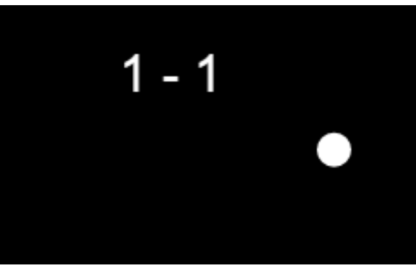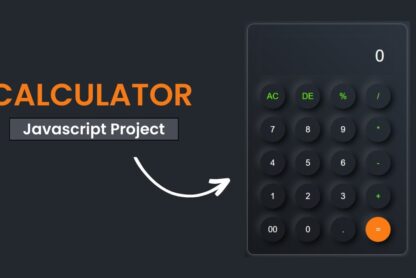When it comes to working with data in programming, there are many different ways to organize it. One of the most common data structures is a linked list.
A linked list is a collection of nodes, each of which contains a value and a reference to the next node in the list. The nodes are not necessarily stored in contiguous (next to each other) memory locations, which allows for flexibility in adding or removing elements. This is different from an array, where elements are stored in contiguous memory locations, and adding or removing elements can be a more complex operation.
The first node in the list is called the head node. Each node has two parts: a data part, which holds the value of the element being stored, and a pointer part, which holds the address of the next node in the list. The last node in the list is called the tail node, and its pointer points to null, indicating the end of the list.
Here’s an example of a linked list with three nodes, where each node holds a single integer value:
head -> [ 3 | * ] -> [ 7 | * ] -> [ 1 | null ]
In this example, the head node holds the value 3 and points to the next node in the list, which holds the value 7. The tail node holds the value 1 and points to null.
To traverse a linked list, you start at the head node and follow the pointers to each subsequent node. For example, to print out the values in the list above, you would start at the head node and print out its value. Then you would follow the pointer to the next node and print out its value, and so on until you reach the tail node.
One of the advantages of a linked list is that adding or removing elements from the list is a relatively simple operation. To add an element to the list, you simply create a new node and update the pointers of the surrounding nodes to include the new node. To remove an element, you update the pointers of the surrounding nodes to skip over the node being removed.
However, there are also some disadvantages to using a linked list. Because each node has a pointer to the next node, linked lists can take up more memory than arrays, which store their elements in contiguous memory locations. Additionally, accessing a specific element in a linked list can be slower than accessing an element in an array, since you have to traverse the list to find the element.
Here are some common use cases for linked lists:
- Implementing a queue or a stack: Linked lists can be used to implement both queues and stacks, which are data structures used to store and retrieve data in a specific order. In a queue, the first element added is the first element retrieved (FIFO — First In, First Out), while in a stack, the last element added is the first element retrieved (LIFO — Last In, First Out).
- Implementing a graph: A graph is a collection of nodes that are connected by edges. Linked lists can be used to represent the edges connecting the nodes in a graph.
- Manipulating large amounts of data: In scenarios where large amounts of data need to be manipulated and stored dynamically, linked lists can be a useful data structure. Since the size of a linked list can grow or shrink as needed, it can be used to store data that is too large to fit in memory all at once.
- Implementing recursive algorithms: Recursive algorithms can be implemented using linked lists since each node contains a reference to the next node in the list. For example, a recursive algorithm for traversing a tree data structure can be implemented using a linked list.
In summary, linked lists are a powerful data structure that can be used to hold and manipulate data in a flexible way. They offer a simple way to add or remove elements, but they may not be as efficient as other data structures in some scenarios. By understanding the strengths and weaknesses of linked lists, you can choose the right data structure for your needs and create more efficient and effective programs.





